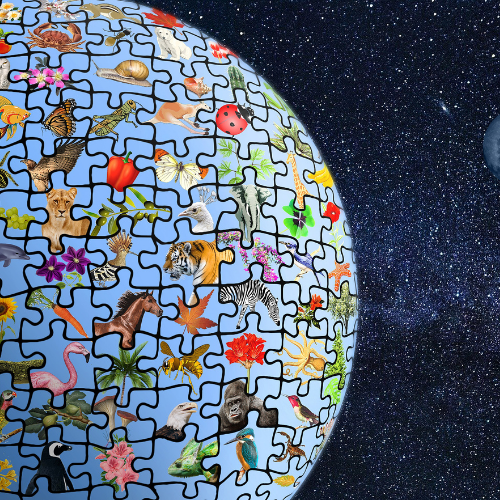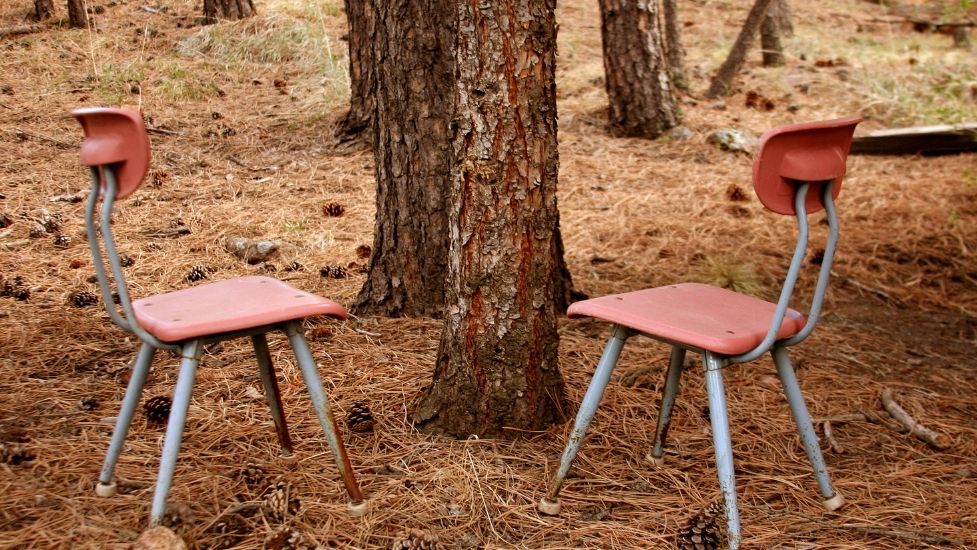Become advocates for biodiversity by learning about what makes it so special
PURPOSE
Bio-What?! What the heck is a “Biodiversity”!? A lot of people may ask this question or may not have heard about “the loss of biological diversity.” Yet the accelerating loss of biodiversity is probably the most serious environmental threat facing the planet right now. In this activity students learn about biodiversity and find out that our very survival as a species depends upon its preservation.
GRADE LEVELS
7-9
TIME NEEDED
30-40 minutes

Curriculum LINKS
Science 7A: Interactions and Ecosystems, Outcomes 1,3,4
Science 8E: Fresh and Salt Water Systems, Outcomes 3,4
Science 9A: Biological Diversity, Outcomes 1,4
MATERIALS NEEDED
Download: Seven reasons to protect biodiversity list (pdf)
Instructions for teachers
If you have the opportunity to have live or online discussions with your students, feel free to follow steps #1-5. Otherwise, use step #6 to assign the activity for your students to do at home.
1: Ask students:
What does the word “biodiversity” mean?
Break this word into two parts for the students: “bio” means life and “diversity” is a synonym for variety.
2. Ask your students:
How many species of plants and animals do you think there are in the world?
Actually, nobody knows: when it comes to biodiversity, scientists have far more questions than they have answers! Over 200 years ago, the biologist Linnaeus told us that there were exactly 4,236 species. Since then, biologists and other scientists have named and described approximately 1.75 million species; we know very little about the behaviour of most of these species, or the role they play in the ecosystem. Estimates of the total number of species of plants and animals range from 10 to 80 million. Over three-quarters of this number probably includes members of the insect family.
Key Terms:
- Biological Diversity: The variety of different species found within a particular ecosystem or community.
- Genetic Diversity: The genetic variation among the members of a single population of species.
3: The following open-ended statement will give students an opportunity to examine their own values, and to realize that not all their peers share those values! Read the following sentence aloud to your students:
“If humans don’t have any use for a plant or an animal, then it might as well not exist.”
Ask your students if they agree or disagree with this statement, and why.
4. Ask your students:
Though it may have no direct value to people, why might it be important to protect a species?
Answers might include the following: to learn about it, it may play a role in keeping other “more important” species alive, it may be beautiful to look at, or it may be the right thing to do. One important point that your students should understand is that an endangered or extinct species is an important indicator that biodiversity is being lost. A threatened species like the grizzly bear means that something is wrong in the ecosystem in which the species lives – and that the “something” might well be capable of affecting humans as well as wild species.
5: Brainstorm with your class why biodiversity is valuable. Have students contribute to an online discussion board or google document.
6: Using the page below, assign each student (or pair or group) with one of the seven reasons to protect biodiversity. If you would like to provide student choice, you can also use a signup sheet for students to pick the reason they would like to investigate. See student instructions below.
7: Ask students to “tour” the showcase of reasons to protect biodiversity provided by the entire class.
8: Share student work with the school/community to pass on the teachings of the importance of biodiversity.
Instructions for students
1:Read your assigned reason to protect biodiversity.
2: Research a local example that describes this reason. This may be a specific species, area, activity, etc.
3: Choose a medium with which to share the information you discover. You could use one or more of the following: photos, videos, artwork, poetry, posters, music, etc.
4: Include the following information in your final project:
- What is biodiversity?
- Why should be protect it? (i.e. your assigned reason)
- Describe a local example of this reason using at three to five facts that you discover in your research
More Bring Nature Home for Teachers
Bring Nature Home is our online database of tried-and-tested CPAWS Southern Alberta activities! Here are some ways that you can bring nature home (or to the classroom) today!

Say it with a song

Lessons From Trees

